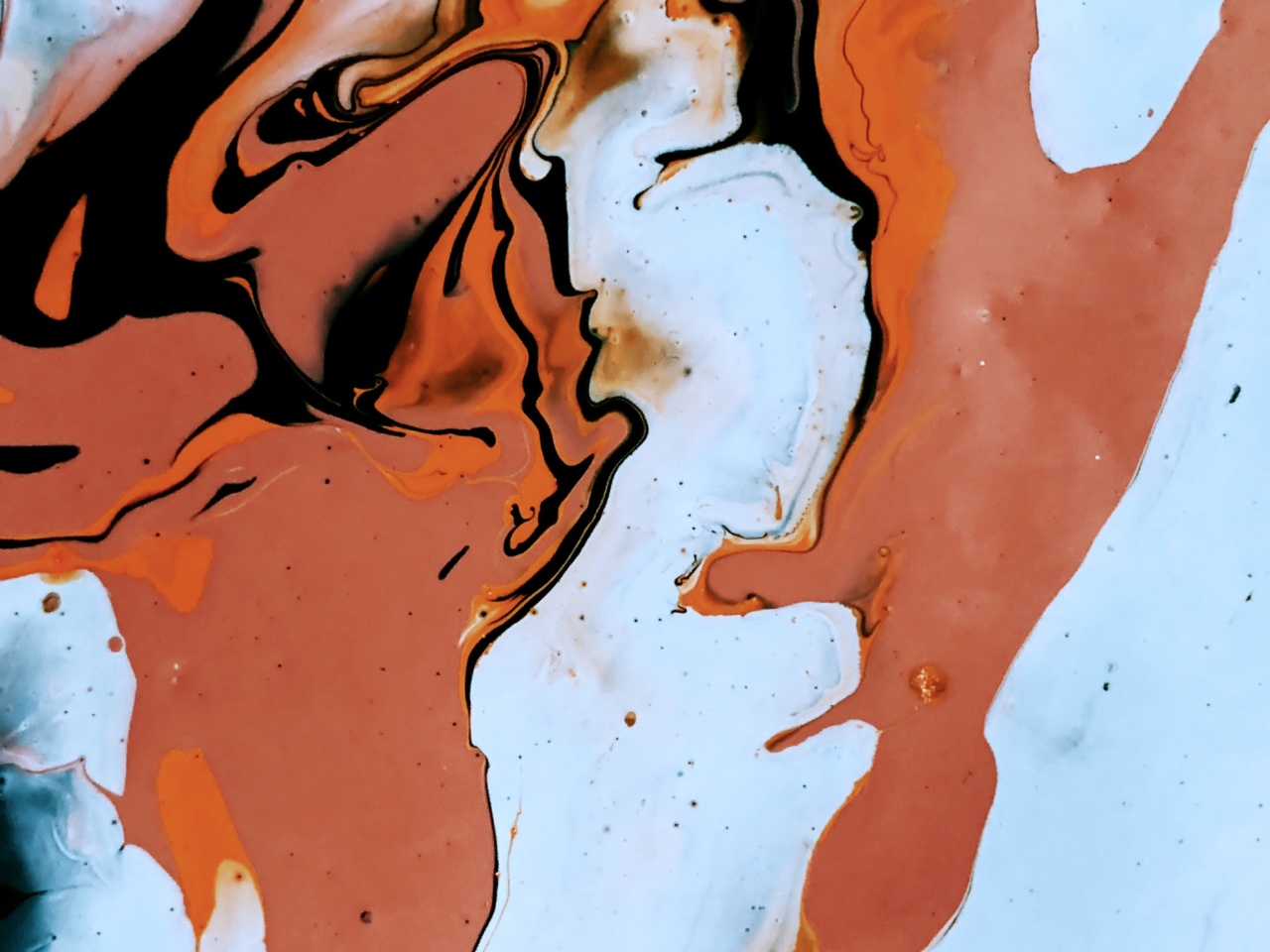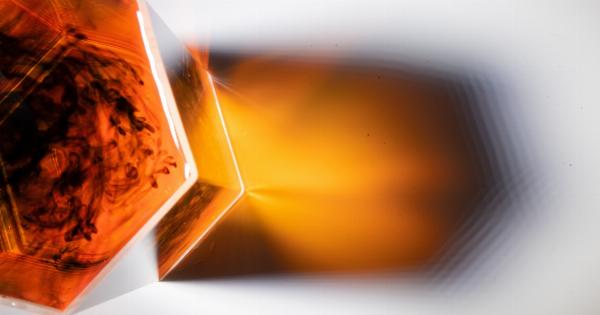Black spots, also known as hyperpigmentation, can be a cause of concern for many individuals.
Whether they are a result of sun damage, acne scars, hormonal changes, or aging, these dark spots can affect one’s self-confidence and overall appearance. Fortunately, dermatologists have identified and recommend certain treatments that can help effectively deal with black spots. In this article, we will discuss the top two dermatologist-recommended treatments for dealing with black spots.
1. Chemical Peels
Chemical peels are a popular treatment option recommended by dermatologists for the treatment of black spots.
These peels involve the application of a chemical solution to the skin, which causes the outermost layer of the skin to peel off, revealing newer and less pigmented skin underneath.
There are different types of chemical peels available, ranging from superficial to deep peels, depending on the severity of the black spots and the desired results.
Superficial peels use mild acids such as alpha hydroxy acids (AHAs), while deeper peels use stronger acids like trichloroacetic acid (TCA) or phenol. Dermatologists carefully select the appropriate type and concentration of the peel based on the individual’s skin type and the severity of the black spots.
Chemical peels not only help in reducing black spots but also improve overall skin texture and tone.
They can effectively treat various types of hyperpigmentation, including melasma, sun spots, and post-inflammatory hyperpigmentation caused by acne or injury. However, it is important to note that chemical peels may require multiple sessions for optimal results, and proper aftercare is crucial to ensure proper healing and minimize the risk of complications.
2. Laser Therapy
Laser therapy is another commonly recommended treatment option by dermatologists for dealing with black spots.
This non-invasive procedure uses targeted beams of light to selectively remove dark pigmented cells from the skin, without causing significant damage to the surrounding tissues.
There are different types of lasers used for the treatment of black spots, including Q-switched lasers, fractionated lasers, and pulsed-dye lasers. Each type of laser targets different pigments and has its own benefits and considerations.
Dermatologists assess the individual’s skin condition and determine the most suitable type of laser therapy for their specific case.
Laser therapy offers precise treatment and allows for customization based on the depth and intensity of the black spots. It can effectively lighten and eliminate stubborn hyperpigmentation, including dark spots, age spots, and freckles.
Moreover, laser therapy stimulates collagen production, which helps in improving skin texture and minimizing the appearance of fine lines and wrinkles.
It is important to note that laser therapy may require multiple sessions to achieve the desired results. The treatment may cause temporary redness, swelling, or mild discomfort, but these side effects typically subside within a few days.
Dermatologists provide specific instructions for aftercare, including the use of sunscreen and avoidance of direct sun exposure, to ensure optimal healing and prevent any potential complications.
Conclusion
Black spots can be effectively treated with dermatologist-recommended treatments such as chemical peels and laser therapy. Both methods have proven to be efficient in reducing hyperpigmentation and improving overall skin appearance.
However, it is essential to consult with a dermatologist to determine the most suitable treatment approach based on individual skin type, severity of black spots, and desired results. With proper treatment and consistent skincare routine, achieving a more even and radiant complexion is attainable.






























